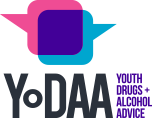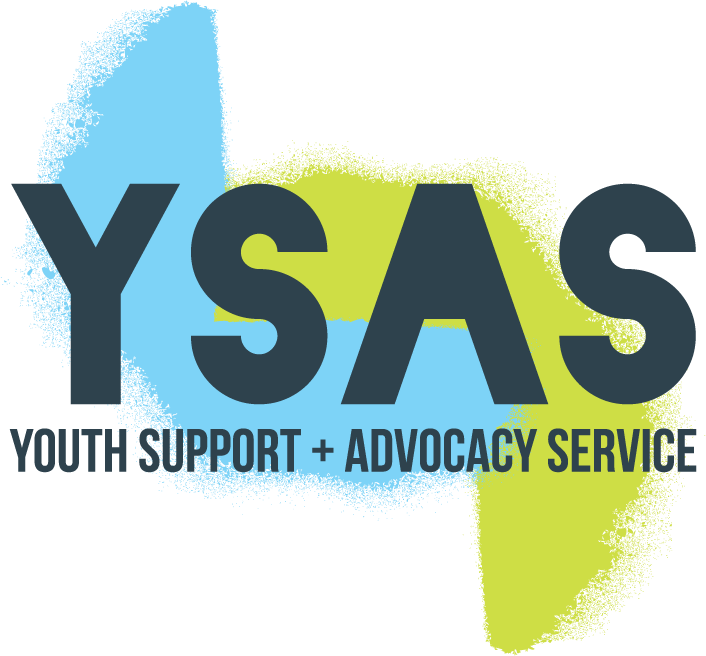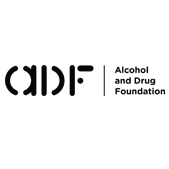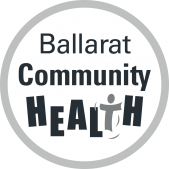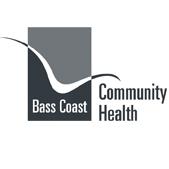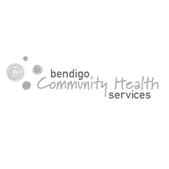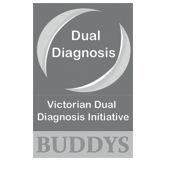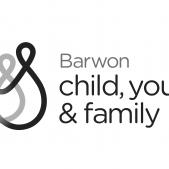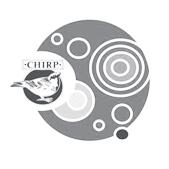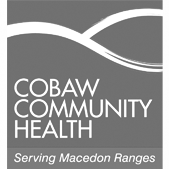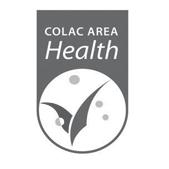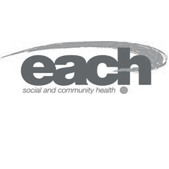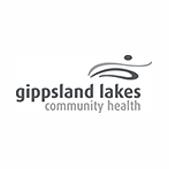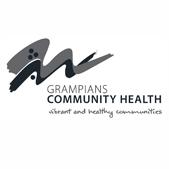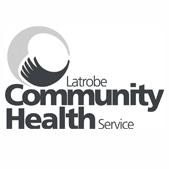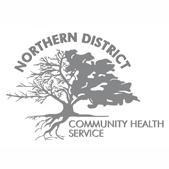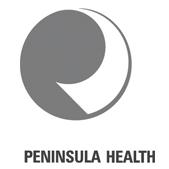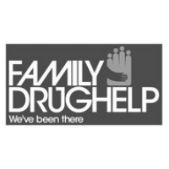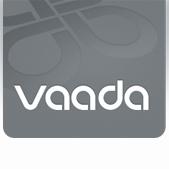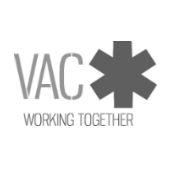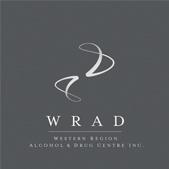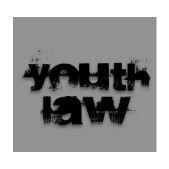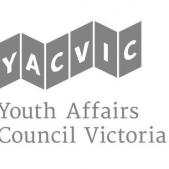Drug Facts
Ketamine-Fast facts for workers
In comparison to other drugs, Ketamine is not widely used by young people seeking support. A basic understanding of Ketamine is still important when supporting young people especially because of the dangers of using it with other drugs.
WHAT
Ketamine is a depressant and a hallucinogen. It is often used as a medical anaesthetic and is only legal in this function.
OTHER NAMES
Special K, K, ket, kitkat, super K, wobble.
HOW COMMON IS USING
In 2013, 0.3 per cent of Australians aged over 14 years had used ketamine (National Drug Strategy Household Survey, 2013).
APPEARANCE
White crystalline powder, tablet, pill or liquid.
USE
Snorted, injested or injected.
EFFECTS
‘Floaty’ and detached feelings, physical inability to move, and hallucinations leading to good or bad trips. Large doses exacerbate mental health problems. High is felt within 30 seconds when injected or after five to 20 minutes if snorted or swallowed, and can last an hour or more.
OVERDOSE
Difficulty breathing, seizures or inability to be roused or woken.
An ambulance should be called if any of these symptoms occur.
COMMON MIXERS
Alcohol, Ice and GHB increasing effects and likelihood of overdose.
SOME COMMON HARM REDUCTION STRATEGIES
Encourage a young person to: -
- Understand that there are ways to inject safely if they are injecting.
- understand the risks involved in mixing other drugs and alcohol, including prescription medication.
- See more Universal Harm Reduction Strategies
Didn’t find what you’re looking for? Try the YouthAOD toolbox for further in-depth information.
